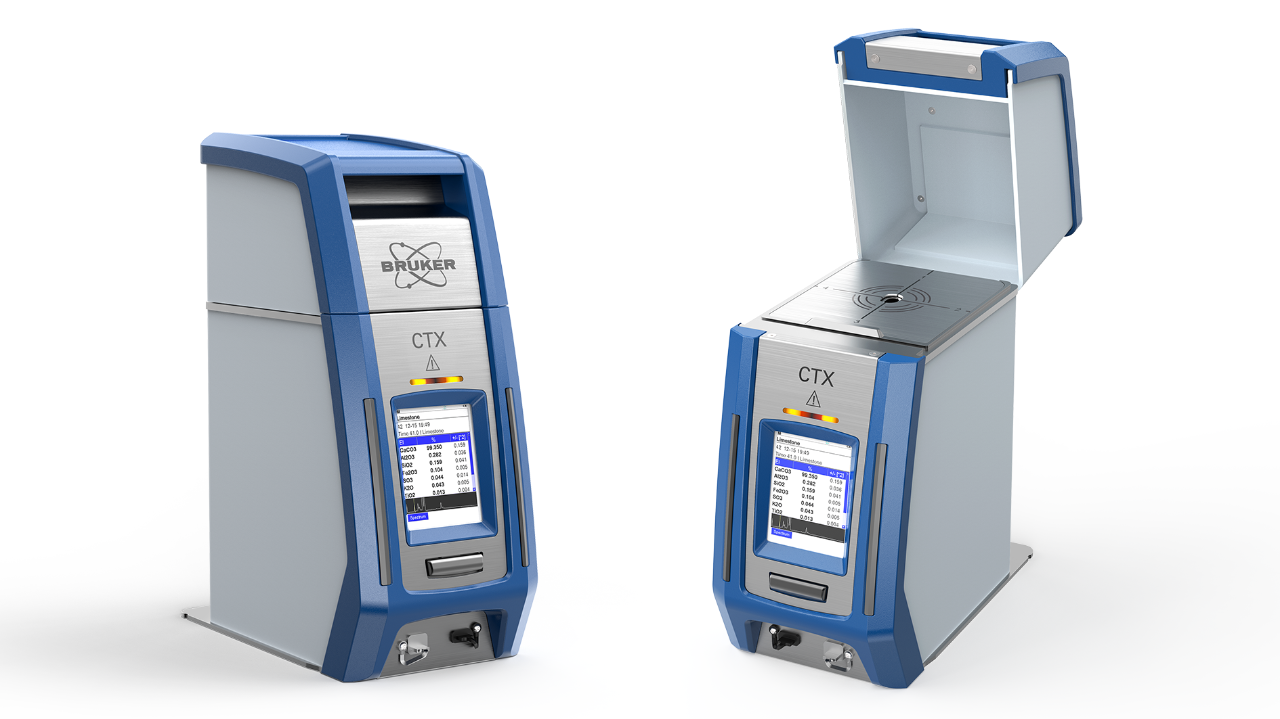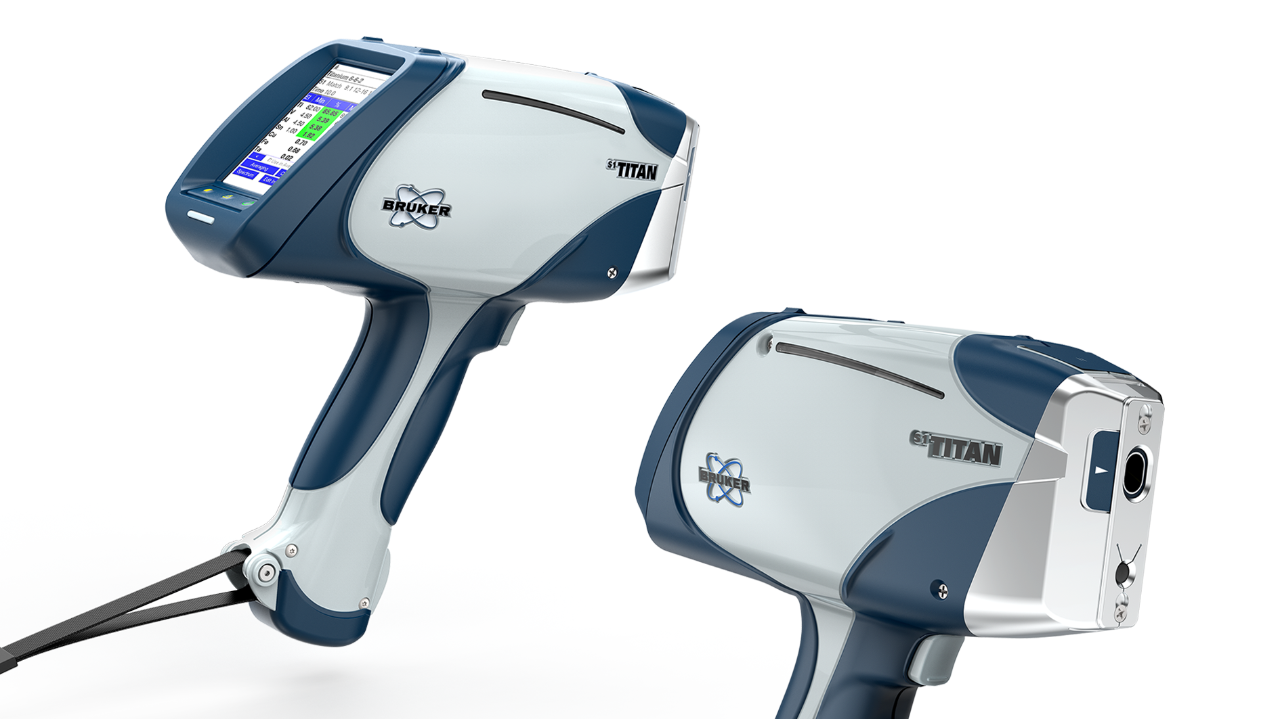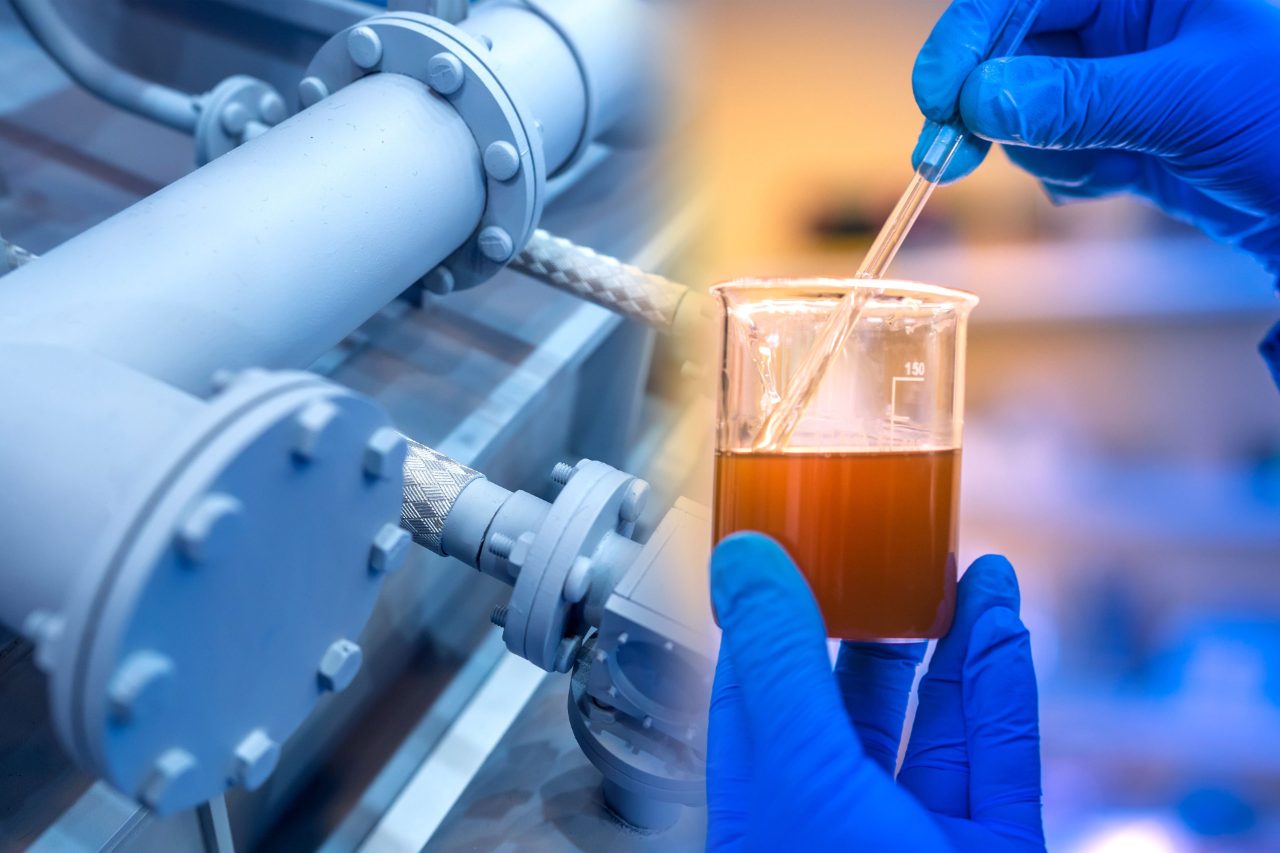

Portable Sulfur Analyzers
Fuel Oil Screening of Sulfur (S) to Comply with Marine Pollution (MARPOL) Regulations
Sea vessels require proof that fuel oil meets the 0.10% sulfur standard requirement of MARPOL Regulation 14. Although a time charterer is usually obliged to purchase compliant bunker fuel, the vessel owner is responsible for compliance with MARPOL Annex VI. Nonetheless, bunker suppliers, ship operators and inspectors are all stakeholders in compliance.
Bruker’s Portable EDXRFs are the accurate and reproducible tools of choice for quick and simple-to-use screening of sulfur in fuel oil for compliance with worldwide MARPOL regulations. They can be used at service labs, supply stations, on docks, in ports and even aboard barges and ships.
Bruker offers two portable EDXRF sulfur analyzer solutions (CTX Benchtop XRF and S1 TITAN Handheld XRF) for compliance with MARPOL regulations. Calibration and setup follow methods for the higher concentration range of sulfur, 0.1 to 5.0%, as outlined in ASTM D4294. They are non-destructive; therefore, tested samples can be retained as required.
Used Oil Analysis with Portable XRF
X-ray fluorescence (XRF) spectrometry is a powerful analytical tool which provides comprehensive wear metal, contamination, and additive analysis in oils. Portable XRF is complementary to the laboratory techniques of Inductively Coupled Plasma Emission (ICP) and Rotating Disc Electrode Optical Emission (RDE) spectrometry.
Portable XRFs are fast, multi-element analyzers which not only are easy to use, but can also be taken anywhere the analysis of oils is needed. This includes maintenance depots, on location at motorsport events, at on- or off-shore mining operations, aboard maritime vessels, at power generation sites and at industrial or petrochemical plants. It can even be used on a production line or in a laboratory.
Sulfur in Aviation Fuel
Cleaner fuels could help minimize climate impact from aviation emissions. Jet fuel sulfur levels range from 10 to 3000 ppm, with average levels at 400 - 800 ppm. However, lowering sulfur in fuel may cause a reduction in lubricity which can affect aircraft engine and fuel system performance. Consequently, maintaining the optimum sulfur level is critical.
X-ray Fluorescence (XRF) analysis is a reproducible and accurate screening method of sulfur in fuel oil for compliance with worldwide pollution regulations. Portable XRF can be used at fuel processing system development centers, aviation tank farms, tank trucks, or at pumps near the hangar. XRF is non-destructive; therefore, tested samples can be retained as needed.


